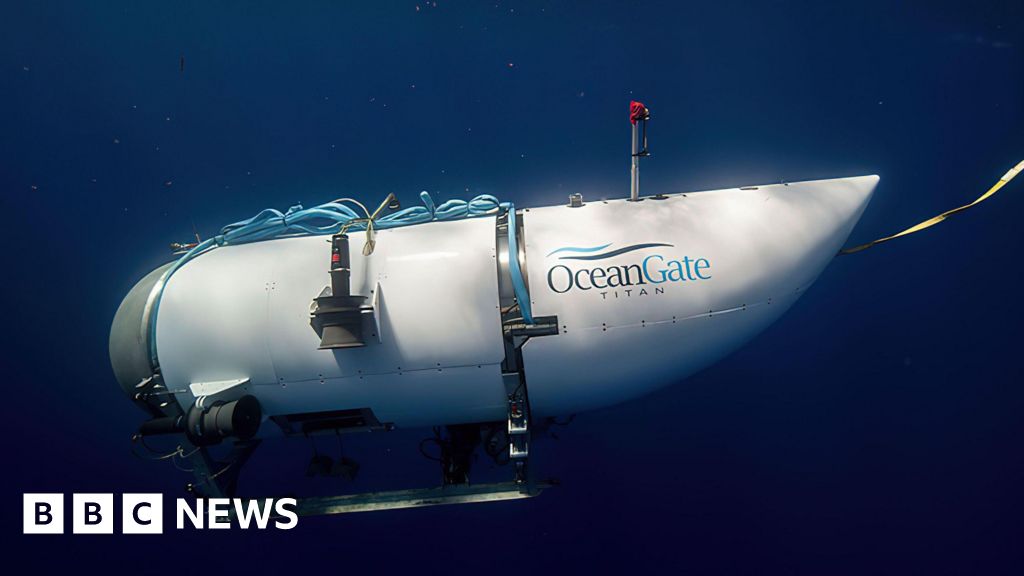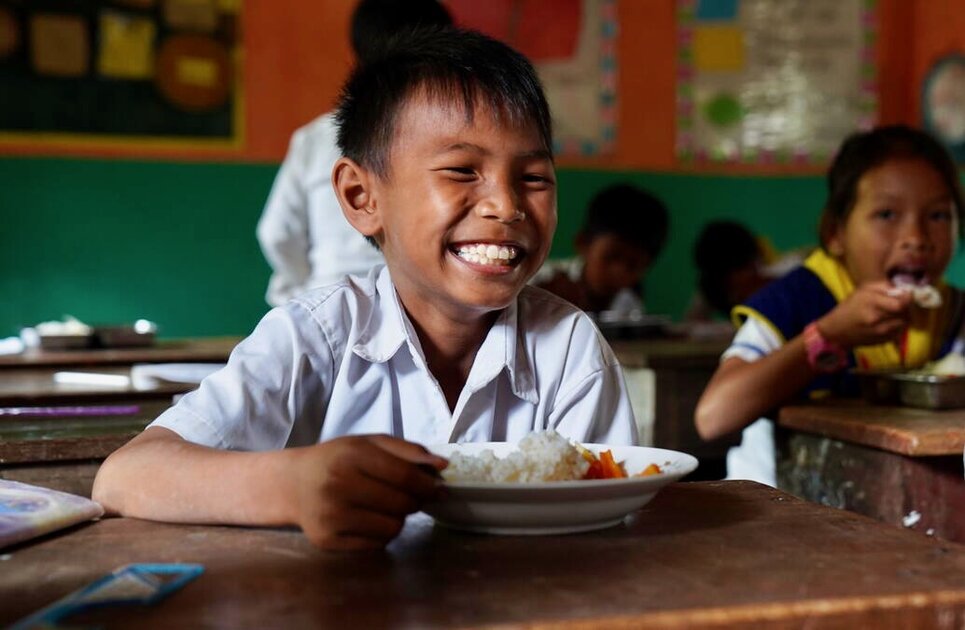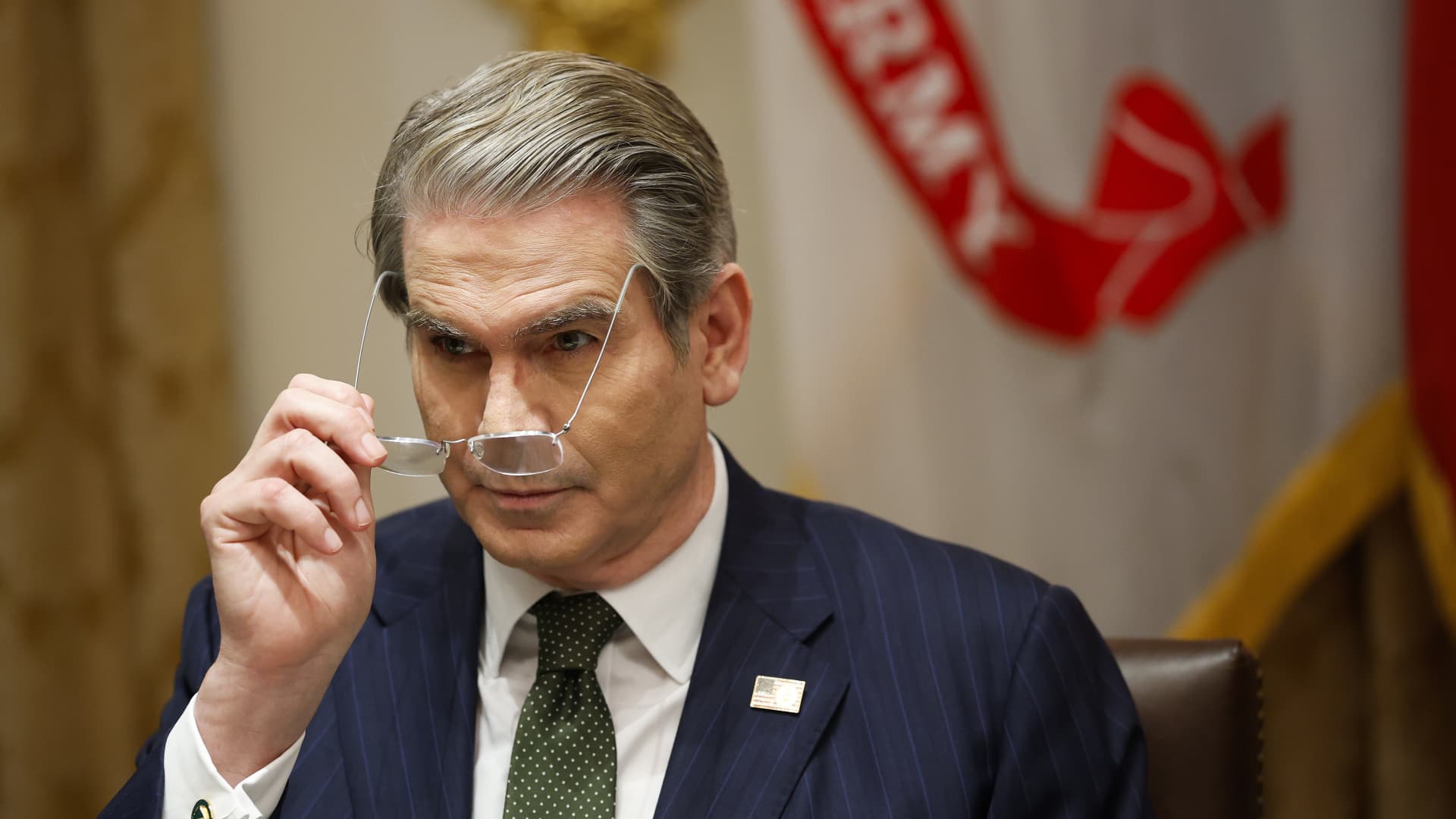Lahore: Pakistan ended world test cricket champion South Africa’s 10-match winning streak with a clinical 93-run victory on a turning wicket in the first test on Wednesday.
Left-arm spinner Noman Ali continued to prosper on turning home…

Lahore: Pakistan ended world test cricket champion South Africa’s 10-match winning streak with a clinical 93-run victory on a turning wicket in the first test on Wednesday.
Left-arm spinner Noman Ali continued to prosper on turning home…

It’s a story you might think you know well. Malala Yousefzai, the teenage girl shot by the Taliban, the youngest ever winner of the Nobel Peace Prize, a diligent student with an Oxford degree, but 13 years on, she’s shaking off the narrative…

OceanGate’s Titan submersible imploded on its journey to the wreck of the Titantic because of poor engineering and multiple failures to test the vessel, according to an official report.
Titan imploded in June 2023, killing all five passengers on board including OceanGate’s chief executive.
The US National Transportation Safety Board (NTSB) found the engineering process behind the vehicle was “inadequate”, resulting in faults which meant it failed to meet strength and durability requirements.
The NTSB said because the firm did not adequately test Titan it did not know its actual strength. It was also unaware it was damaged and should have been removed from service before its last voyage.
Titan disappeared in the North Atlantic as it attempted to dive to the wreck of Titanic which lies some 372 miles from St. John’s in Newfoundland and Labrador in Canada.
In August, the US Coast Guard released a damning report into the implosion which found that the incident was “preventable” and criticised OceanGate’s “critically flawed” safety practices.
Stockton Rush, OceanGate’s chief executive, operated the Titan on its final journey.
The passengers, who paid $25,000 each to take part in the dive, deep-sea explorer Paul-Henri Nargeolet, Shahzada Dawood and his 19-year-old son Suleman Dawood and Hamish Harding.

SAPHO (synovitis, acne, pustulosis, hyperostosis, and osteitis) syndrome is a rare systemic inflammatory disorder first described by Chamot et al in 1987.1 With an estimated prevalence of less than 1 in 10,000,2,3 it can occur at…

Chronic pain can be categorized into nociceptive, neuropathic, and nociplastic pain.1 Fibromyalgia, also referred to as widespread musculoskeletal pain, is a typical type of nociplastic pain. People with fibromyalgia tend to have…

Chronic pain can be categorized into nociceptive, neuropathic, and nociplastic pain.1 Fibromyalgia, also referred to as widespread musculoskeletal pain, is a typical type of nociplastic pain. People with fibromyalgia tend to have…

More women have been diagnosed with breast cancer in recent years, and researchers are seeing bigger increases in younger women.
From 2012 to 2021, the incident rate of breast cancer has risen 1% annually, but the rate has jumped 1.4% each year in…

For Suryakali Vishwakarma, all rice is not created equal.
The pearly grains might look and taste the same. But the fortified rice, along with wheat, that she collects from a government village shop in northern India’s Uttar Pradesh State – both packed with essential vitamins and minerals – have become her go-to staples.
“Providing good nutrition to our children is no longer a problem,” says the young mother, after rolling a bowlful of fortified rice for cooking. “We feel healthy and fine with the consumption of nutritious, fortified rice.”
In India, and across Asia and the Pacific, fortified rice and wheat are transforming diets and futures for millions of the world’s poorest and hungriest people – thanks to government-led initiatives in partnership with the World Food Programme (WFP) and the Gates Foundation. Regional bodies, like the Association of Southeast Asian Nations, are also catalytic, by helping member states share lessons, align standards and pilot new models – so that progress in one country drives broader change.
“What connects all these efforts is strong government leadership, solid delivery systems and growing private sector engagement,” says Arvind Betigeri, WFP food fortification advisor for the Asia-Pacific region.
Packing up to eight essential nutrients, including iron, zinc, folic acid and vitamins A and B, the fortified grains amount to an inexpensive and powerful weapon in fighting malnutrition – in a region where poor diets leave one in three women anaemic, and nearly 80 million children stunted, or too short for their age.
Some of the most stunning results can be seen in India, the world’s most populous country, with high rates of anaemia and micronutrient deficiencies. More than half the population now has access to fortified food, especially staple rice, thanks to government leadership and WFP-supported pilots rolled out and expanded in some of the most vulnerable parts of the country.
“Improving nutrition outcomes has a direct implication on improving the national productivity and economic output for the country,” says WFP food fortification policy officer Reema Sood. She cites findings showing that every US$1 invested in fortification delivers US$27 in returns, in terms of better cognitive development, increased economic productivity and reduced expenditure on treating diseases and anaemia.
In populous states like Uttar Pradesh – where fortified rice reaches millions – the pilots are improving local production capacity and the quality of fortified food. They are also expanding public availability and acceptance, through cooking classes and awareness campaigns. For the most vulnerable, including pregnant and breastfeeding women and young children, fortified rice and wheat are available free of charge, as part of government safety net and school feeding programmes.
“The fortified rice that is being provided is very beneficial for people’s health,” says mother Vishwakarma, who also credits her children’s strong marks to platefuls of fortified rice they receive at class.
“They are active throughout and their performance in school is also good,” she says of her two daughters. “They are the highest scorers in their school.“
In Sri Lanka – where many children suffer from a dearth of essential vitamins and minerals – WFP is collaborating with district governments to set up fortification facilities, which supply enriched rice to the national school meals programmes.
“This isn’t just a project, this is a game-changer for nutrition and education in Sri Lanka,” says Samir Wanmali, WFP Regional Director for Asia and the Pacific.
In Bangladesh, where micronutrient deficiency, known as ‘hidden hunger,’ is also widespread, WFP is providing technical and other support to the Government’s food fortification programme, which targets women like Shikha Akhtar.
“Since I started eating fortified rice, I’ve been in better health,” says Akhtar, a Dhaka-based mother of two, who has struggled with illness. The 30kg of free Government-fortified rice is a welcome windfall for the family, which survives on her husband’s meagre wages as a daily labourer. “I encourage my neighbours in the village to eat this rice,” she says.
“Our main objective is to reach every woman’s doorstep across the country” with fortified rice, says Sharmin Shaheen, deputy director of Bangladesh’s Women’s Affairs Department.
Along with governments, WFP is also working with the private sector to improve fortified food production across the region. A case in point is Pakistan, where WFP provides technical support and training to small-scale millers known as chakkis, to provide enriched wheat to local communities.
“These boost people’s health, helping to reduce malnutrition, especially for the elderly, women and children,” says one chakki owner, Rashid Nazir, who received WFP support for his business, located in a town outside the capital Islamabad.
The private sector is also key to scaling up food fortification in Nepal, one of the world’s poorest countries, where malnutrition among young children and mothers is high. In the remote, northwestern Karnali Province, WFP is supporting government efforts to make subsidized, fortified rice available to the poorest through social protection programmes, and in commercial markets.
That includes supporting companies to build their capacity, so Himalayan communities can better access the nutrient-packed grains in a region where food, especially nutritious food, is scarce.
“People travel three-to-five hours by foot to buy the rice,” says Raj Bahadur Rai, a company manager in the Himalayan district of Mugu. “The consumers of this fortified rice have been gradually increasing. They are slowly realizing its value.”
WFP’s rice fortification initiatives in the Asia-Pacific Region are supported by the Gates Foundation, DSM-Firmenich, the Korea International Cooperation Agency (KOICA) and the UN-India Partnership Fund.

U.S. Treasury Secretary Scott Bessent adjusts his glasses during a meeting with U.S. President Donald Trump and President of Argentina Javier Milei in the Cabinet Room at the White House on Oct. 14, 2025 in Washington, DC.
Kevin Dietsch | Getty Images
China has been using its dominance in the rare earth industry to slash prices, driving foreign competitors out, U.S. Treasury Secretary Scott Bessent told CNBC on Wednesday stateside in an exclusive interview. He characterized the country as having "a nonmarket economy."
In response, the Trump administration will "exercise industrial policy" to set price floors in a range of industries. Price floors are a limit of how low suppliers can charge for goods or services. They are typically set above the market rate and are essentially a form of government price control.
Meanwhile, Bank of America and Morgan Stanley reported blockbuster second-quarter earnings that shot way past analyst expectations. They joined other major U.S. banks, such as JPMorgan Chase and Goldman Sachs, in ihaving a blowout quarter that was turbocharged by robust dealmaking and stock market highs.
And despite U.S. President Donald Trump's continued saber-rattling at China on the trade front, traders don't seem ready to let go of equities. On Wednesday stateside, the S&P 500 and Nasdaq Composite rose, and the Russell 2000 hit a fresh record. After all, earnings reports are indicating that the economy isn't yet faltering, despite firms already experiencing higher costs because of tariffs, according to the U.S. Federal Reserve's Beige Book.
Whether traders continue pushing equities to new highs amid fractious trade relations with China will depend, in part, on the earnings of major technology companies such as Tesla and Intel due next week.
A Chinese flag flutters on top of the Great Hall of the People ahead of the opening ceremony of the Belt and Road Forum (BRF), to mark 10th anniversary of the Belt and Road Initiative, in Beijing, China October 18, 2023.
Edgar Su | Reuters

American pop star Taylor Swift broke another historic record. Her new album, The Life of a Showgirl, reached the top 10 of the Billboard Hot 100, one of the most influential charts in the world.
The lead single from the album, “The Fate of…